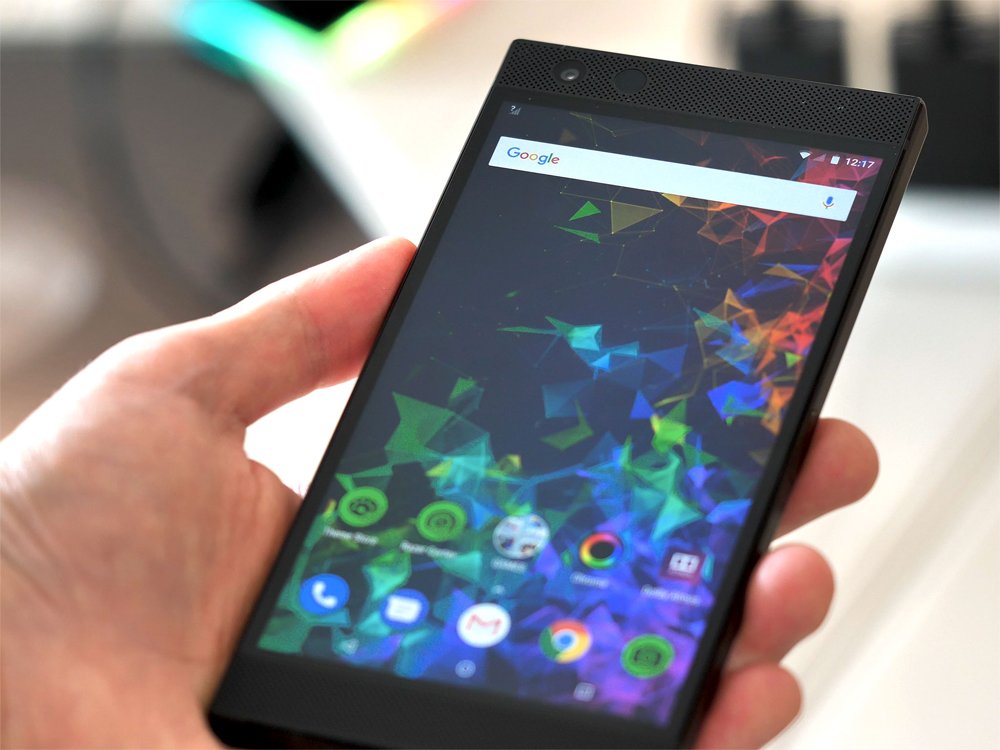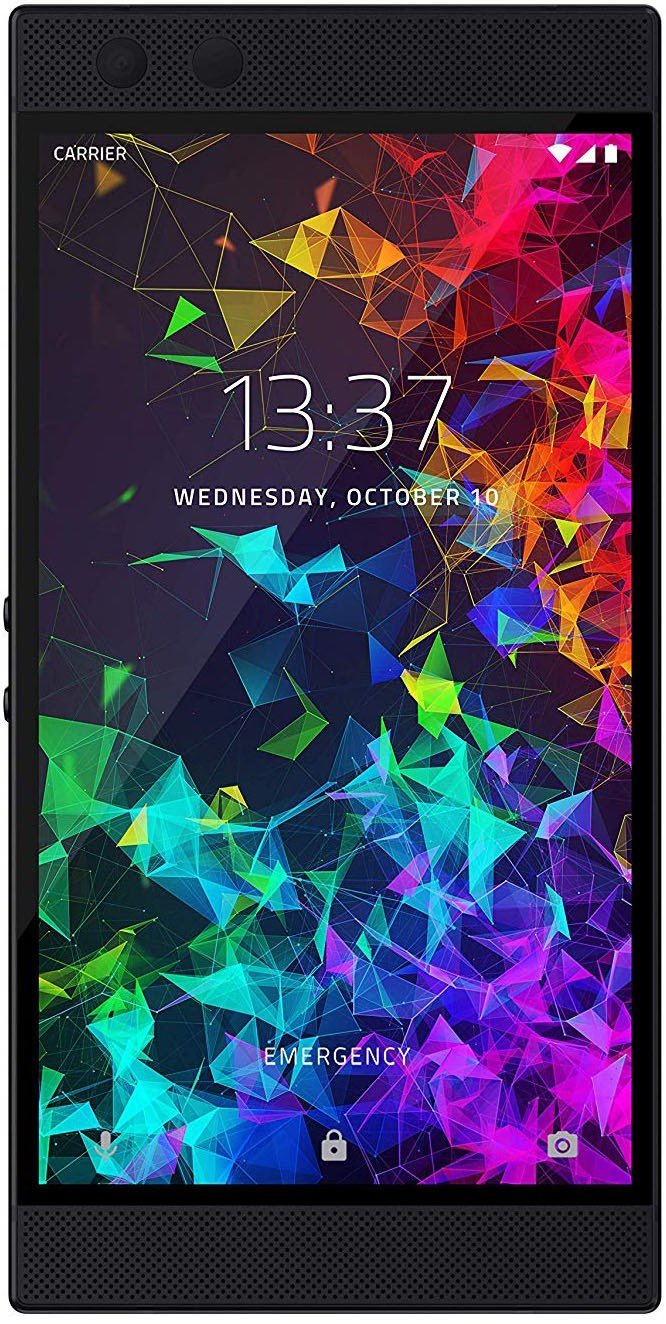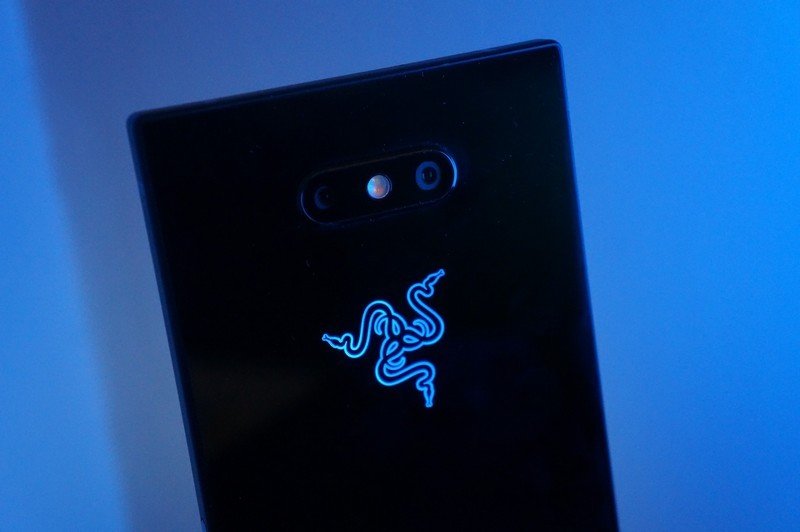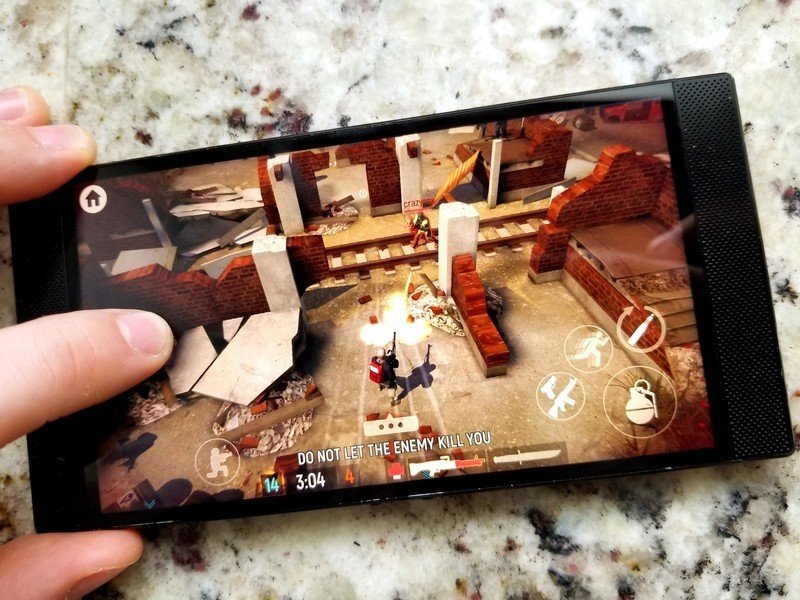Why you should (and shouldn't) buy the Razer Phone 2 for a discounted $500

Razer burst out onto the smartphone marketplace in late 2017 with the first Razer Phone. In doing so, it brought something fresh and new to the scene with a phone that placed an emphasis on the gaming experience, first and foremost. It was far from perfect, but it did enough right to make gaming smartphones an interesting subsegment to watch. With the follow-up, the aptly named Razer Phone 2, the company doubled down on the stuff that worked well the first time and attempted to fix the stuff that needed work. The result was a phone that was sold for a premium flagship price at launch, meant to compete with the best offerings from ASUS, Samsung, OnePlus and the others.
Just over two months into 2019 and the Razer Phone 2 received two major updates — an upgrade to Android Pie, and a steep discount down to just $500. Given its running on the latest version of Android and available for veritable bargain these days, is the Razer Phone 2 worth your time and money? Let's look at some of the pros and cons.

Everything feels better at a lower price
The Razer Phone 2 can still compete with most top Android flagships in terms of performance and is arguably the phone to beat in terms of gaming and enjoying streaming media. It's also worth the investment for those just bored with phones that all look the same.
Buy it for the unique hardware design

The legacy of the Nextbit Robin's bold and boxy design lives on, and I think it's one of the best-defining features of the Razer Phone line up. I am no fan of the curvy, all-glass trend that's dominating smartphone design these days. They may look nice, but they're slick as a dolphin's backside and the last thing I need is $800 of slippery tech smashing on the sidewalk.
Razer has offered an alternative smartphone design for those who don't want a slab of curved glass.
Because of this fear of destroying brand new tech, I've always pined for a modern smartphone with flat edges and display glass that isn't so exposed on the edges and corners. And that's exactly what the Razer Phone 2 delivers.
Even though Razer made the back panel glass to support wireless charging and the (awesome) glowing logo, it still remains a fairly rugged design with an aluminum frame around the edges and beefy bezels protecting the display. That real estate around the display is put to good use with the best front-facing speakers you've ever heard, which is an important feature for gaming. Paired with that 120Hz display refresh rate and the Razer Phone 2 will absolutely ruin mobile gaming on lesser phones with slower screens and bottom-firing speakers.
In my time using the Razer Phone 2 I've had friends and strangers alike ask me about the phone I'm using because even at glance it stands out compared to the latest Samsung S-whatever or Apple iPhone XYZ. Seeing someone's reaction to the Chroma logo, or showing off the dazzling refresh rate is always a treat and is always one of the best parts of owning some new piece of tech that stands out from the pack. Maybe Samsung phones are so popular because the average consumer really digs the look and design, but if you fall in my camp then you need to get your hands on the Razer Phone 2.
Buy it for the awesome gaming performance

This one is an absolute no-brainer. The Razer Phone 2 was designed and marketed as the ultimate smartphone for gamers and, in my opinion, it offers the best gaming experience of all the phones I've tested.
The Razer Phone was specifically designed to cater to gamers, so if you take your mobile gaming seriously you need to try this phone.
It starts with some of the design choices I mentioned above, most notably those front-facing speakers which are boosted by Dolby Atmos software and the available 120Hz refresh rate, which admittedly isn't supported by every game, but when it is damn does it look amazing.
Looking at the internal specs, you've got no shortage of processing power from the Snapdragon 845 along with 8GB of RAM. This is a phone that's going to work with any game you want to play, up to and including emulated games from classic consoles.
Speaking to the point of emulators, support for microSD storage expansion is also a crucial feature for any gaming phone as its ideal for sideloading rare APKs or other games and media.
Don't buy it if you need a great camera

The Razer Phone 2 offers a camera that performs better than the original Razer Phone, but don't take that to mean that the Razer Phone 2's camera is more than passable.
Razer has done a good job adding some cool camera features that were expected from flagship phones in 2018, including a dedicated telephoto lens, a portrait mode with that soft bokeh effect, and other improvements to the camera software, but the camera remains the most frustrating part of using the Razer Phone 2.
For example, the software doesn't always play nice with third-party apps. I got into a routine of switching to the stock camera app to take a photo rather than snapping the photo right in Messenger or Instagram. The camera app also occasionally crashes while trying to switch between lenses, and sometimes the resulting photos are unusable, with strange processing artifacts.
The Razer Phone 2 is still held back from greatness overall by its underwhelming camera performance.
At launch, the Razer Phone 2 was being sold for around the same price as some models of the Pixel 3, and if you were to compare the added value of the Pixel 3's camera performance versus that of the Razer Phone 2 it would be no contest.
While a discounted price doesn't do anything to improve the stability of the Razer Phone 2's camera software — and it's worth noting that Razer has been pretty diligent about improving the camera's performance with several software updates — it does make the camera shortcomings an easier pill to swallow if you're not buying this phone to use it for its camera.
Should you buy the Razer Phone 2 right now?
The Razer Phone 2 is an incredible phone for gaming and watching media, but only offers mediocre camera performance. When you factor in the price drop, I think it's a fine time to buy this phone if you're doing so to take advantage of the kick-ass sound and visual performance for gaming, rather than the other day-to-day uses and features that people typically want from their smartphone.

Everything feels better at a lower price
The Razer Phone 2 can still compete with most top Android flagships in terms of performance and is arguably the phone to beat in terms of gaming and enjoying streaming media. It's also worth the investment for those just bored with phones that all look the same.
Get the latest news from Android Central, your trusted companion in the world of Android

Marc Lagace was an Apps and Games Editor at Android Central between 2016 and 2020. You can reach out to him on Twitter [@spacelagace.
